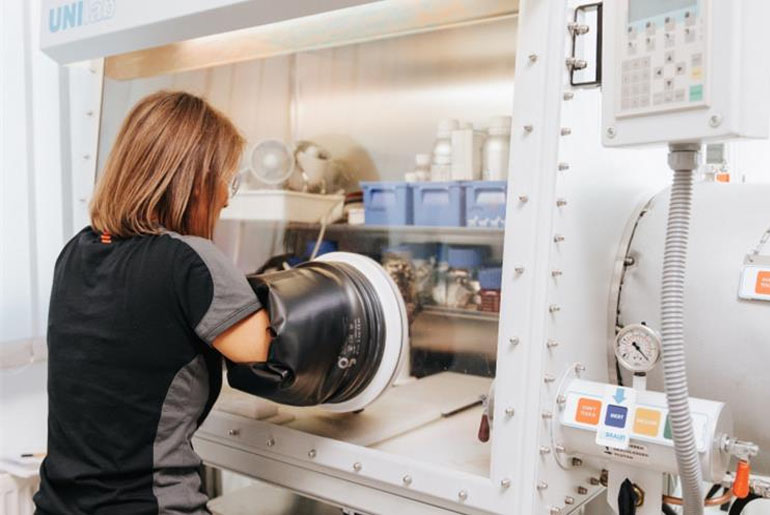Epsilon Advanced Materials (EAM) and Daejoo Electronic Materials (Daejoo) have launched a collaborative development initiative. The program’s goal is to develop a silicon-graphite composite that blends Epsilon’s graphite with Daejoo’s silicon material to improve efficiency and performance in LiB technology. Nagase, a Japanese trading corporation, arranged the relationship.
The collaboration targets the development of Gen-1 graphite-rich silicon composite anode materials with a discharge capacity of 450–600 mAh/g, which could increase battery discharge capacity by 50% and lifespan by several thousand cycles. EAM will supply synthetic graphite to create and assess SiOx-graphite composites in Daejoo’s laboratories, while Daejoo will provide samples to allow EAM to evaluate and customise SiOx-graphite composites in its own facilities. Both companies aim to qualify these composite materials with their customers to support innovative battery products. EAM anticipates completing the initial development and evaluation of the SiOx-graphite composite material by the end of 2024, after which they plan to jointly pursue material qualification with cell manufacturers.
Vikram Handa, Managing Director of Epsilon Group, said, “Our partnership with Daejoo, a recognised producer of silicon anode materials, reflects our focus on advancing battery material technology. This collaboration supports India’s and global efforts toward clean energy and sustainable mobility. Through our R&D efforts, we aim to meet industry demands by providing efficient and safe battery solutions.”
Dae Woon Park, Managing Director of Daejoo Electronic Materials, added, “This partnership advances our objective of enhancing battery performance and supports our growth in the Indian market. Together with EAM, we intend to develop advanced materials that address the diverse needs of our customers and contribute to sustainable development.”
Silicon-graphite battery materials represent a step forward in lithium-ion battery technology. By combining the high capacity of silicon with the stability of graphite, these materials offer a potential improvement over traditional graphite anodes. They are designed to meet the increasing demand for higher performance, longer life, and faster charging in various applications, particularly in the automotive industry and other sectors with high power requirements.


